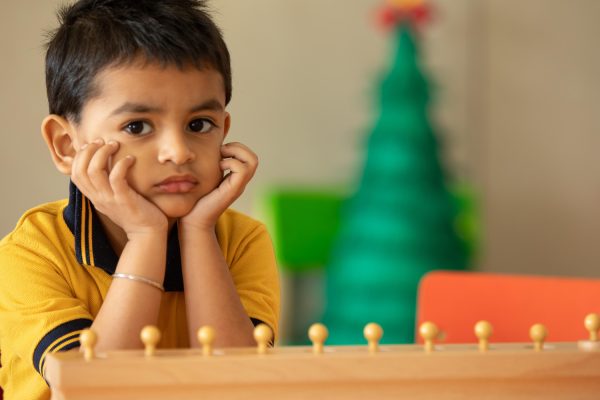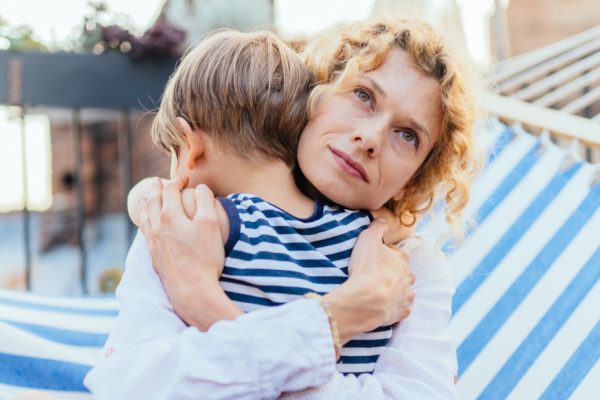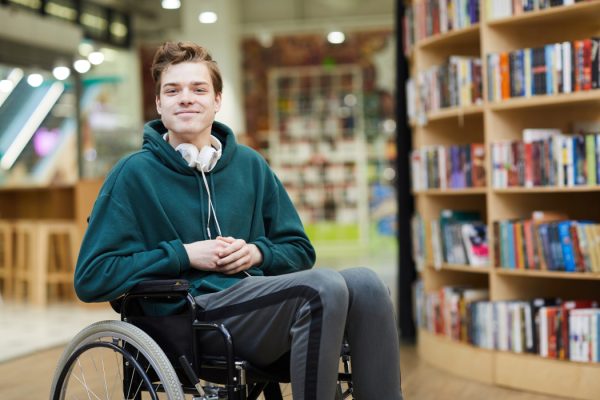
Gene therapy: the state of play in Australia
By Rachel Williams
Australia is home to one of the few vector and genome engineering facilities in the world, and the man at its helm is determined to rapidly progress the ability to treat children’s genetic diseases.
Dr Leszek Lisowski is the Translational Vectorology Group Leader at Children’s Medical Research Institute and is proud of the team’s scientific breakthroughs.
Genome therapy aims to cure, not just treat, genetic disorders by delivering functional copies of the mutated gene and/or by correcting the mutations.
Dr Lisowski’s facility, which includes six biomedical scientists, including three PhDs, develops AAV vectors for gene therapy. They are microscopic tools, which can deliver healthy copies of genes to the correct tissues and organs inside patients.
AAV stands for Adeno-Associated Virus and is referred to by scientists as “Almost A Virus” because it is non-pathogenic and doesn’t cause any known diseases. It requires co-infection with another virus to complete its own life cycle.
One in 20 children is born with a birth defect or genetic condition, and Polish-born Dr Lisowski says we now have unprecedented power to diagnose genetic and acquired disorders.
“Unfortunately, while the knowledge and diagnostic power have grown exponentially, the progress in disease prevention and treatment has been slower. Gene therapy has the power to fill the gap that has formed and bring real benefits to patients,” he said.
“Infants who would otherwise have succumbed to spinal muscular atrophy (SMA) are now developing normally with the very real prospect of living full and healthy lives. Individuals with vision impairments owing to retinal disease are seeing more clearly. Those living with haemophilia are being freed from dependency on life-long factor replacement therapy, and cancer patients, previously facing certain death, are being cured with genetically engineered T cells.”
Dr Lisowski says gene therapy is a fast-moving field. “For example, a unique, bioengineered viral vector developed by our team in 2014 has already been taken to clinic and has led to exciting clinical outcomes for the treatment of haemophilia A,” he explains.
“But the biggest bottleneck that slows down translation of gene therapy tools to the patient is a global lack of vector manufacturing capacity, which significantly extends the timeline and increases the cost of translational studies.”
Dr Lisowski says there are a number of research projects underway in Australia that have the potential to develop highly promising therapies for adult and paediatric patients suffering from genetic and acquired disorders.
“Due to confidentiality we cannot discuss specifics of our projects … (but they) may change the future of Australian healthcare,” he said.
“VGEF is also actively involved in the establishment of Australia’s first clinical grade vector manufacturing facility, which will give Australian researchers prioritised and cost-effective access to clinical gene therapy reagents and will facilitate translation of a large number of exciting preclinical programs from bench to bedside.”
“Funding projects is a big challenge, with gene therapy significantly underfunded from a political perspective”, he said.
“There have been over 260 Phase I/II/III clinical trials globally that used AAV vectors with over 2000 patients treated,” he explains. “The cost varied significantly between diseases and is closely associated with the route of administration and total vector dose required.
“A single, large-scale, clinical manufacturing campaign can generate as many as 160,000 doses of the vector for the treatment of eye disease, or as few as 12 doses for infants suffering from SMA. The cost per patient can thus vary significantly and can be as high as US$1 million per patient.”
Dr Lisowski suggests Australia should promote the development of our own, cutting-edge technologies, and not “passively wait until the other markets get saturated and companies start to look at Australia as just another market to make profit from”.
“Our patients deserve better, and many of them simply cannot afford to wait,” he said.
Dr Lisowski says his determination is strong to continue progress in the field.
“Australia has an incredible population of smart and driven young researchers, but unfortunately, due to limited funding and thus limited opportunities in this country, a large percentage of them leave for the US or Europe after finishing their education. This really hurts Australia and slows down our progress.”
Four-year-old Iluka is one of the faces of the Children’s Medical Research Institute fundraiser and awareness campaign, Jeans for Genes day.
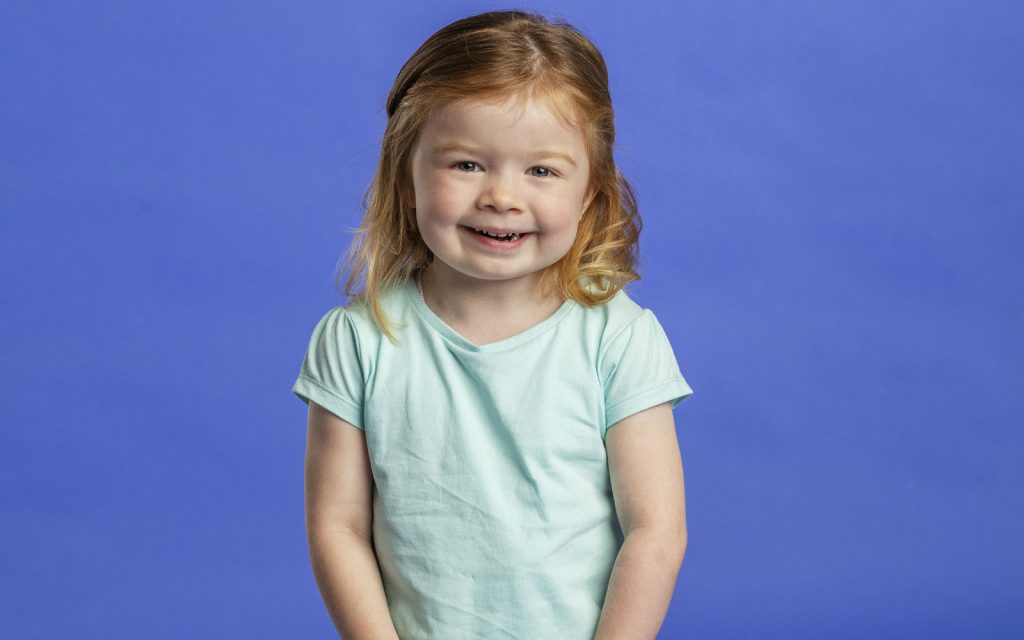
The fundraiser gives hope for a better world for those living with genetic conditions, with money raised helping the CMRI fund experiments, recruit the best researchers from around the world to tackle complex genetic diseases, purchase essential high-tech equipment, and fund research student scholarships.
Iluka’s story would resonate with the one in 20 children born with a genetic condition each year, impacted by more than 6000 different genetic diseases – serious conditions caused by changes in our DNA and often inherited.
Seconds after Iluka was born, her mum Cassie noticed she had a weak cry similar to a kitten. Her family was initially told she may not make it to her second birthday.
“They sent her to special care within nine minutes where she was placed under an oxygen helmet and fed through a tube,’’ Cassie said.
“Within weeks, her paediatrician noticed she had a heart murmur and some other congenital heart defects.”
At four weeks, Iluka was diagnosed with Periventricular nodular heterotopia (PVNH), which can affect vital organs such as the brain, heart, lungs, connective tissue, and the bowel.
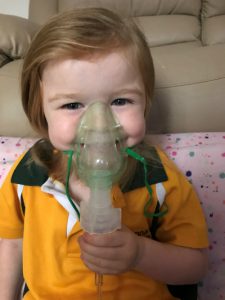

It’s a neurological condition where neurons do not migrate properly during the early development of the fetal brain.
“Each patient will experience different symptoms, some may only have a heart condition like myself, others can be quite severe and spend months on end in hospital,” Cassie explains.
For Iluka, it means that she requires tube feeding and she cannot walk long distances or do too much physical activity.
“Iluka frequently gets sick and it hits her a lot harder than it does the average child,” Cassie says.
“The simple cold can sometimes have her in hospital on oxygen for up to a week.”
Cassie is thankful that Iluka’s future looks a lot more promising than the famly had originally thought.
“Iluka acts like a typical 4-year-old child would, the only difference is, is that she looks like she is 2 years old as she is small for her age,” she says.
“Iluka will be tube fed or continue to have her button in place for the foreseeable future.
There are days when the tube may only be used for hydration and then of course there are times when her sole nutrition is through her button.
“As she reaches her teenage years we will need to be mindful that she may have a seizure and we will cross that bridge if the time comes. Iluka will live a normal life, she will just have annual specialist appointments to monitor her condition.”
Iluka’s baby brother, Noah, was born without the condition.
“We are very fortunate that he does not share PvNH. It is our understanding from the information given that boys who have PvNH don’t have a high success rate of surviving the pregnancy let alone the first year,” Cassie says.
“With more research over time I am hopeful that one day they will develop a way to cure PvNH. This may not happen for Iluka but I am sure one day she will have kids and maybe it will happen for them.
“This is why Jeans for Genes is so important to us as it allows families to hope for a brighter future.”
You can get involved with Jeans for Genes at jeansforgenes.org.au




